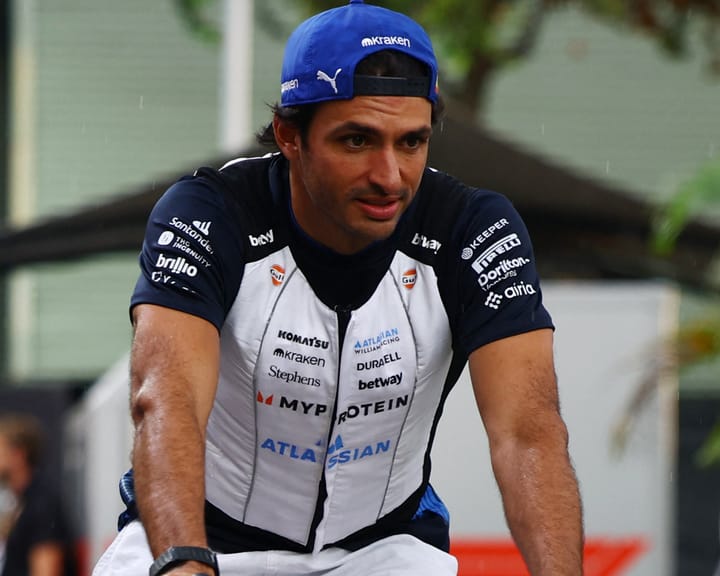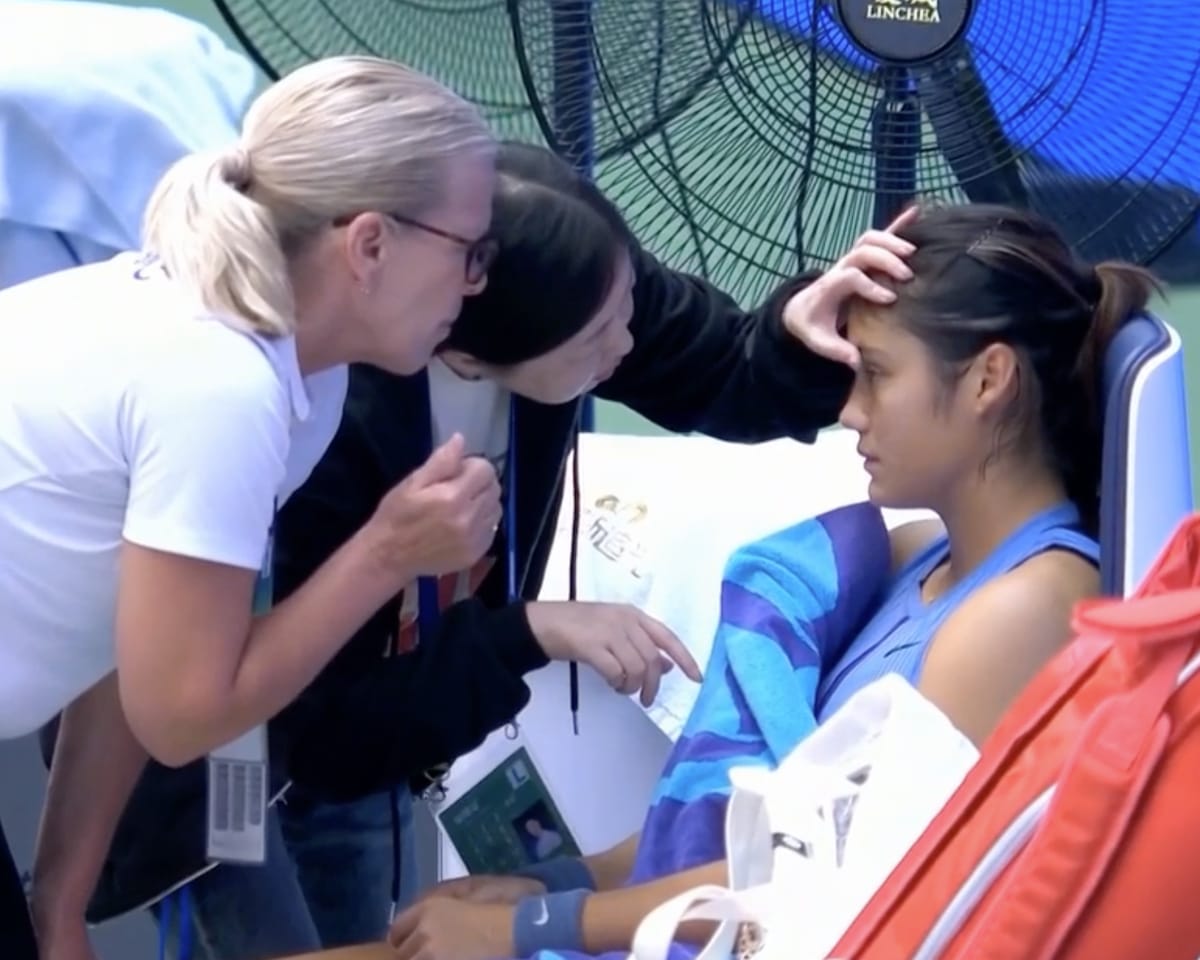Sinner Struggles as Players Battle Grueling Conditions in Shanghai
Jannik Sinner had tried everything, but after enduring two and a half grueling hours in the stifling heat of Shanghai’s stadium court, he could go no further. Even late into the night, the humidity remained relentless, leaving Sinner cramping, breathless, and in pain during the final stretch of his third-round match against Tallon Griekspoor. Soon, he could barely walk. Midway through the deciding set, the 24-year-old leaned on his racket for support as he limped to his chair and retired from the contest.
These scenes have been a recurring theme at the Shanghai Masters, where numerous players have struggled under extreme conditions. Terence Atmane and Hamad Medjedovic both withdrew due to heat exhaustion, while Francisco Comesaña appeared close to collapse before opponent Lorenzo Musetti stepped in to help. Even Novak Djokovic, playing in the cooler evening slot, vomited repeatedly in back-to-back matches, at times looking spent during his fourth-round victory over Jaume Munar.
Meanwhile, in Wuhan, harsh weather similarly affected top players on the women’s tour. Emma Raducanu and Jelena Ostapenko retired under the oppressive heat and humidity. Bianca Andreescu shared a video of herself squeezing sweat from her socks, adding, "Wuhan felt like playing tennis in a sauna."
Though jarring, these conditions are not unprecedented. Tennis, a sport often played under intense sun, frequently pushes athletes to their physical limits. Yet, the sport has not done enough to address the risks of competing in such extremes.
The absence of formal safeguards was highlighted when Holger Rune confronted ATP supervisor Gerry Armstrong during a medical timeout, asking, “Why doesn’t the ATP have a heat rule? Do you want players collapsing on court?” Armstrong’s response was stark: “I don’t know—it’s a good question.”
While both Grand Slam events and the WTA enforce heat-related policies, the ATP still relies on supervisors and medical teams to make judgments during matches. In a statement, an ATP spokesperson acknowledged that weather-related suspensions are determined on-site but noted that safety protocols—including potential heat rules—are under review with input from players, tournaments, and medical experts.
In a sport with clear potential for standardized safeguards, the delay in addressing these dangers remains concerning. Player welfare should not be left to chance.
Read next

"Injury toll from Club World Cup harms football, yet complaints go unheard?"
Cole Palmer and Ousmane Dembélé appeared impressive in photos taken at Top of the Rock ahead of the Club World Cup final, but it wouldn’t be unreasonable to suggest both players might have benefited from resting over the summer instead.
The strain on top players' fitness was predictable

"Sporting targets English players to gain competitive advantage"
Sporting CP have a long tradition of nurturing talented young players, most notably Cristiano Ronaldo, and this approach has extended to their thriving women’s team.
While Sporting have yet to challenge Benfica’s domestic supremacy, their development success is evident in Olivia Smith, who was signed from Canada’s

"Carlos Sainz criticizes F1 broadcast focus on 'celebrities and girlfriends'"
Carlos Sainz Criticizes Formula One’s Focus on Celebrities Over Racing Drama
Carlos Sainz has expressed frustration with Formula One for excessively highlighting the reactions of drivers’ partners and celebrities during broadcasts, arguing it detracts from the on-track action.
The Williams driver’s impressive climb from the back of the

